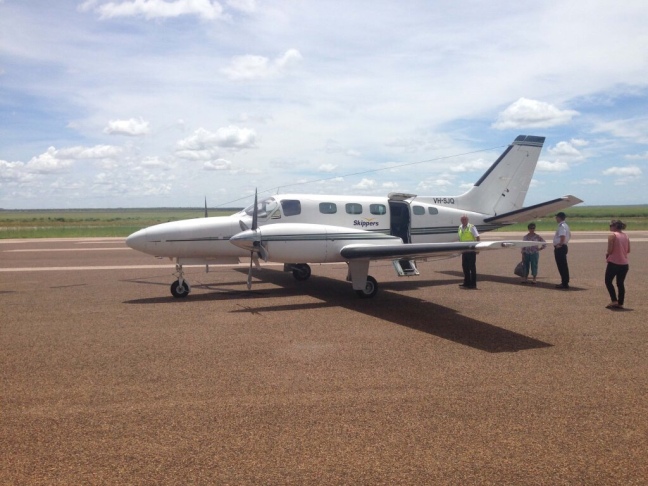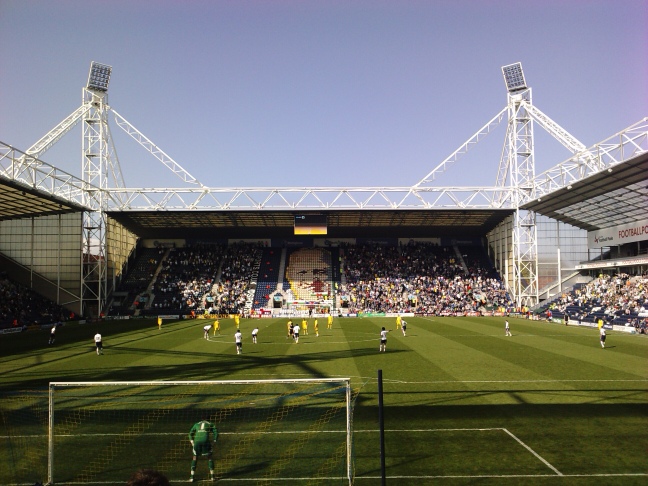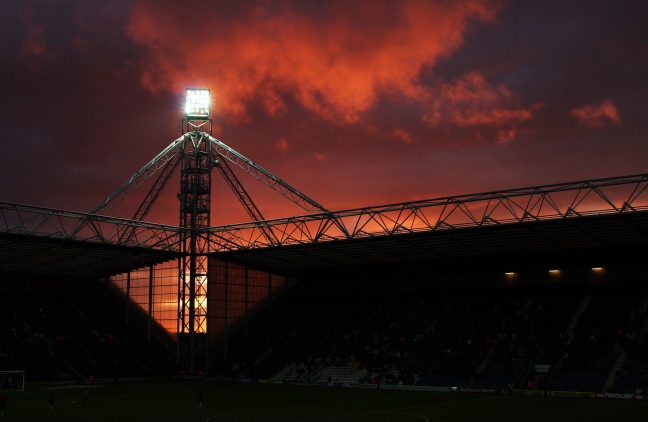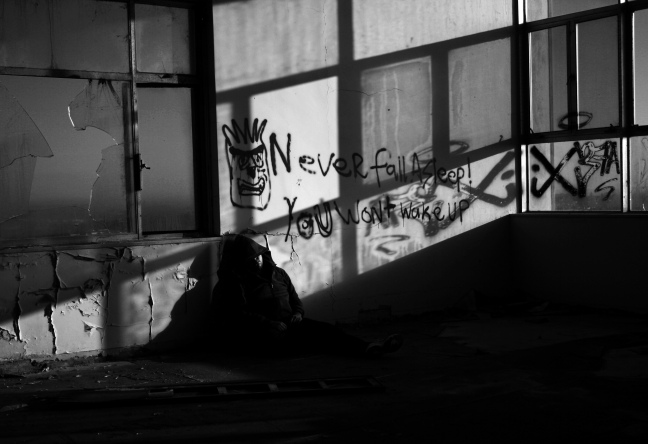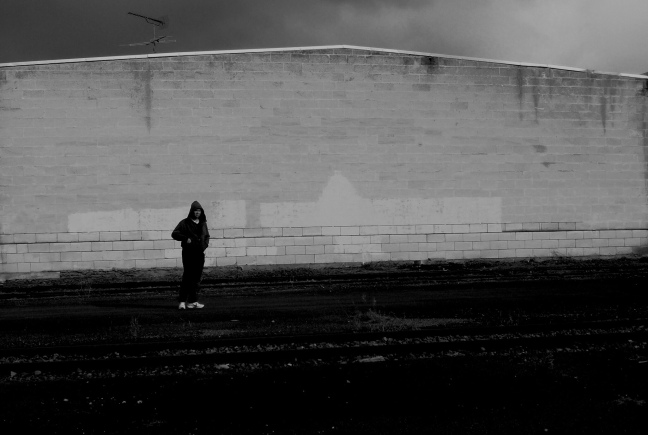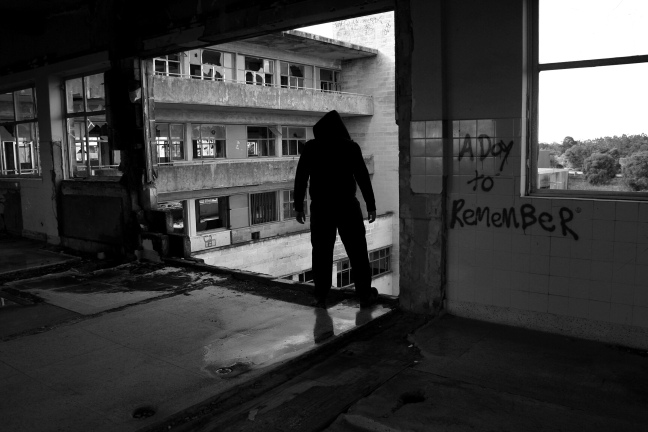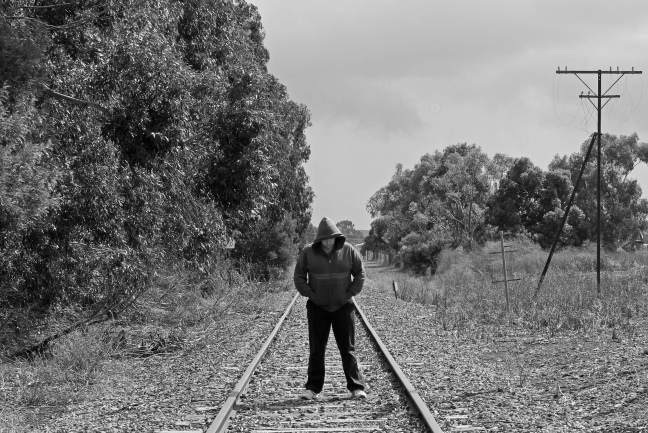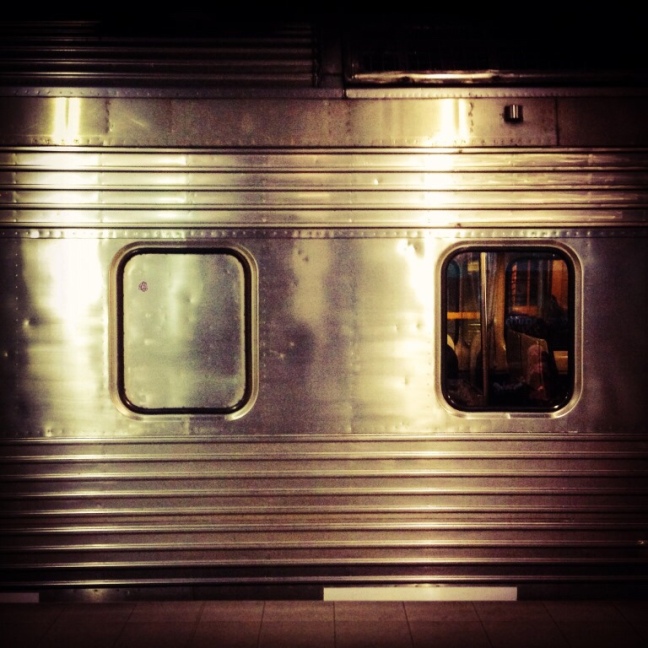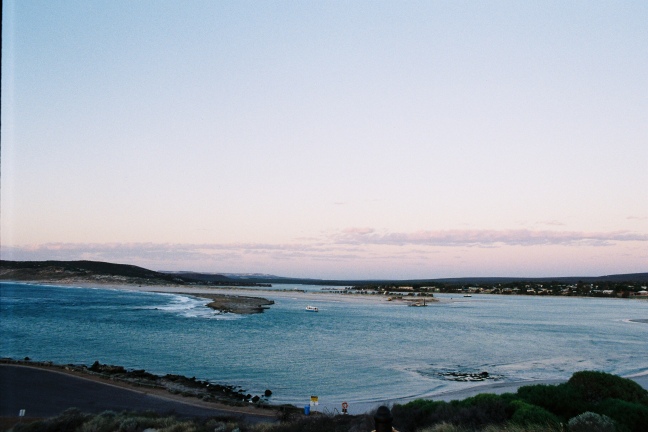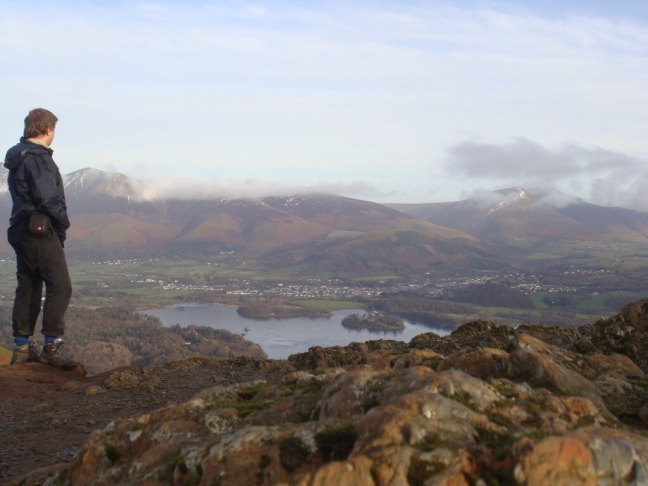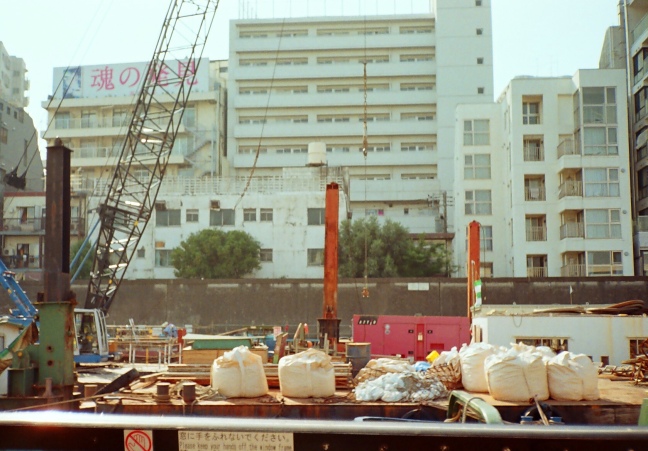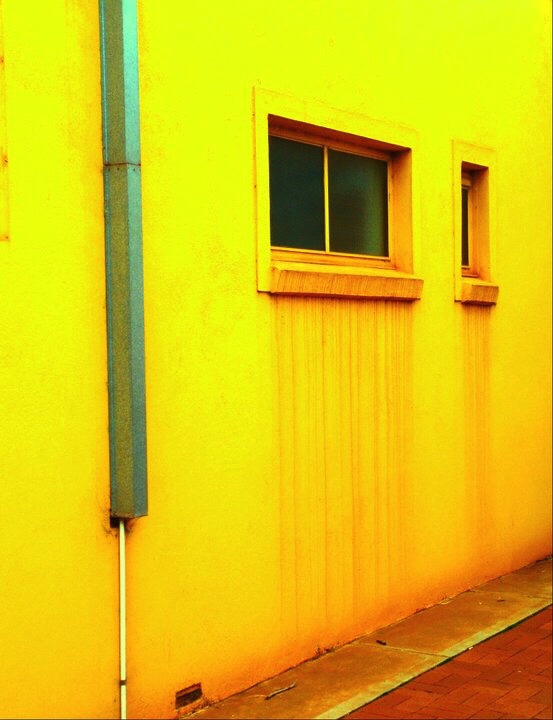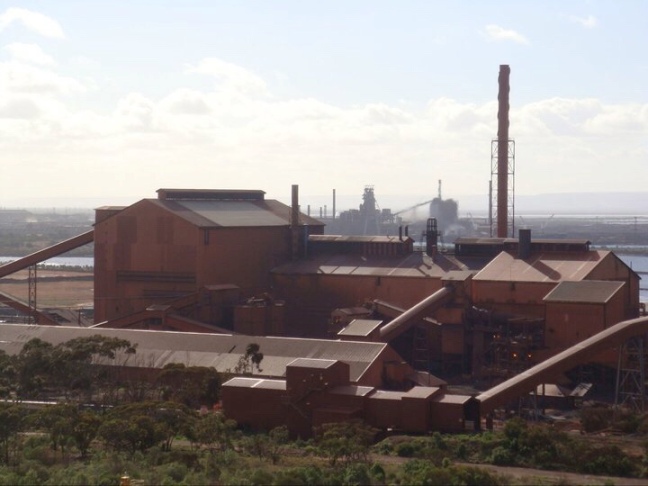2014 – jet engine to Broome, then rocketry turbo prop to Halls Creek. Like a flying bus the plane stopped at Derby and Fitzroy Crossing before it’s final destination. It was baking hot, but the pilot was kind enough to put me in the seat behind his, the benefit being a vent of cold air that blew out. It was a sticky flight though.
A good thing about these types of journeys is how tactile they make the experience of flying. I usually had a deep fear of flying, somehow managing to board a plane, but pretty much in a state of anxiety the whole journey. In these small planes, flying amongst the clouds so close you feel you can touch them, or seeing what the pilots see because they literally sat in front of you, it changes perceptions. Nowadays I’m pretty casual about flying anywhere.
I was astonished by the scenery. Expecting an endless red desert I was met instead with lush greenery. There had been heavy rains from a storm recently (maybe a typhoon) and so the water had invigorated the plant life. It was almost surreal.
It was a country relief job. They put me up in a Department house for a week. I was covering the office while the staff went on training. There was just me and an admin worker from Karratha – I can’t remember his name but I do recall he was from Chile.
It was quiet. I think the local community knew the regular staff were away, so were content to wait a week. I only had a couple of clients the whole week.
Halls Creek was a quiet town. Quite sedate in many ways. It was a ‘dry town’, with restrictions on alcohol. Maybe that made a difference I don’t know. There was an IGA, a couple of pubs (one dodgy looking, the other not so), and some other municipal buildings. A wayfarer town, on the Great Northern Highway. I was only there four nights. I came back a month or two later, but nothing occurred to alter my perspective.
It was quite a cruisey week, with good opportunity for photos. A little nugget of country living I would otherwise not have had the chance to experience.


